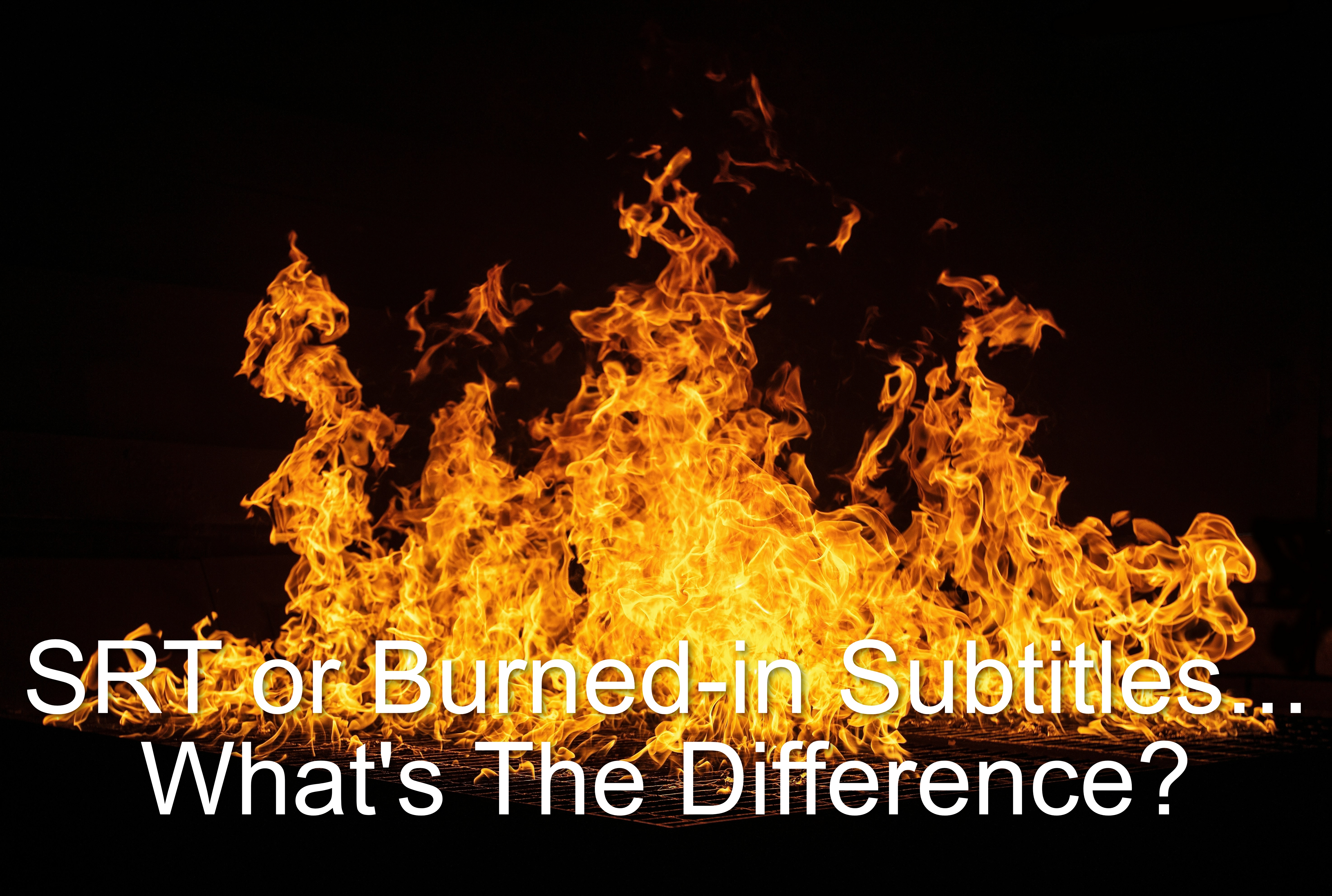
Burned subtitles or SRT, what do the pros prefer to do ?
You want subtitles on your video. But in which format: SRT format or permanently embedded on the image, burned on the video ? It’s rather hard to answer when you don’t know their differences, even though it’s quite simple. Here’s how it works.
Making a standard SRT subtitle file
Whether you decide to take subtitles in SRT format or burn them on the image, in my opinion, it is always better to start with an SRT file. That is, you must first type the subtitles on the computer and then synchronize them with the voice.
This is the longest and hardest part to do. Why? Because the majority of people speak at a speed of 200 words per minute in a recorded video conversation. , while the world record on a typewriter is only 150 words per minute. … Thus, the person who holds the world record constantly delays the video from being transcribed. Not to mention that one has not yet synchronized the text with the audio!
You have to synchronize the text with the audio; otherwise, you would get a text like the one you are reading. What we rather want is a set of several cells, or bubbles, containing a few words that are displayed at one time and hidden at another. These cells look like this:
Hello! Today I will talk to the person who holds
Display from 3rd to 5th second
the world record for writing with a typewriter.
Display from 5th to 6th second
Once this work is completed, rather than writing it as the example above, it is better to write it in an SRT, VTT or other files, like this:
1
00:00:03,000 --> 00:00:05,000
Hello! Today I will talk
to the person who holds
2
00:00:05,000 --> 00:00:06,000
the world record for writing with a typewriter.What is an SRT file used for?
This file type is compatible with most video editing software and online video platforms. You can put the SRT file and its video on Facebook and YouTube and use them in Final Cut Pro or Adobe Premiere. In short, 90% of the subtitles written at ClosedCaptioner will be used directly in SRT format by our customers.
On all online video platforms, like Facebook, YouTube, LinkedIn, Twitter and Vimeo, you must first import the video. Afterward, you have to click on a button to import the subtitle file. Of course, most of the time, you can edit a video to add subtitles long after you publish it.
When the video is displayed to platform users, it will control everything. It will decide whether to display it or not (depending on the user or language settings). The font of the display, the size, the presence of shadows behind the text, and the position on the video will be chosen by it. In short, as you have seen above, SRT files do not contain any formatting. They only contain text and audio sync data.
It is possible to put the characters in italics, bold and others, although this is not compatible with all platforms. That’s why we almost never use that.
However, users can often decide to show or hide subtitles. They can also sometimes change the language. So when the sound can be turned on while watching the video, they can hide the subtitles depending on their preferences. However, I must warn you that, in many situations, Facebook hides video subtitles by default.
Here’s what it looks like to display a video with SRT subtitles on Facebook:
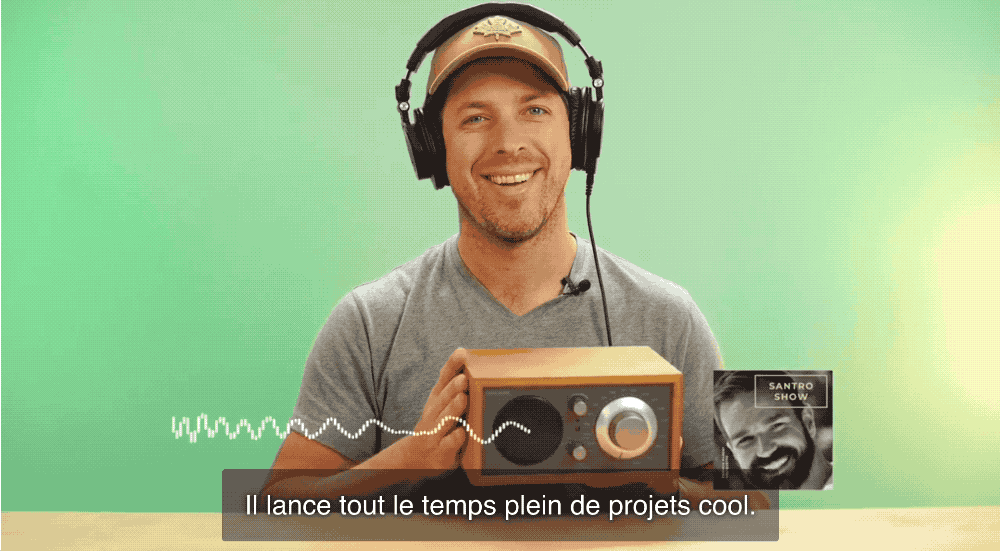
and Youtube:
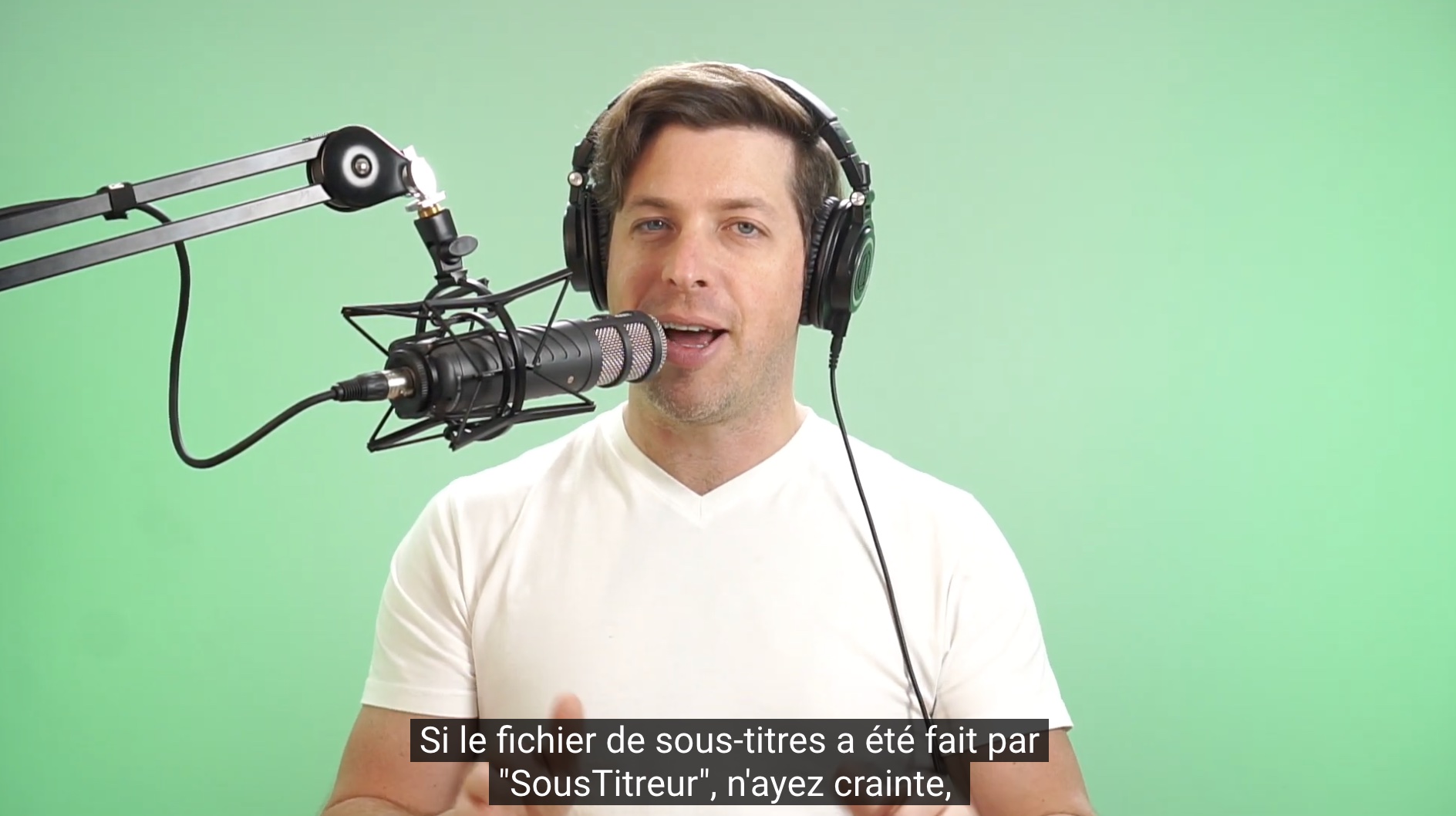
The user can show or hide subtitles by clicking here:
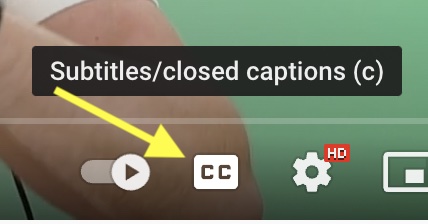
or on the small wheel in a Facebook video:
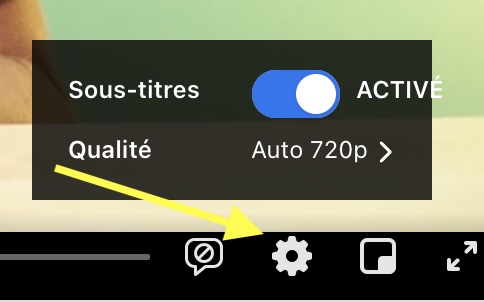 .
.
If you import the SRT file into Final Cut Pro, the software will create separate elements like this in your timeline:

However, when you export your video, subtitles will not be displayed on it by default. As on Facebook and YouTube, the user will be able to show or hide them. If you want to force subtitle display, you will have to “burn” the subtitles.
Burning subtitles permanently on the image
This option is widely used on Facebook to force the subtitle display and attract users’ attention. It is also used on Instagram, simply because importing an SRT file is impossible on this platform.
Since the vast majority of people watch videos without sound on social networks, to capture their attention on an advertising video or not, it is necessary to put subtitles and, especially, to make sure that they are displayed. As it is absolutely impossible to control Facebook, the only alternative is to burn, superimpose, or permanently embed subtitles on the video.
This method, among other things, makes it possible to:- Force the subtitle display to attract attention quicker;
- Choose color, font, size, shadow style and many other parameters.
All “Clickbait video” producers opt for this method. We can use Brut as an example:
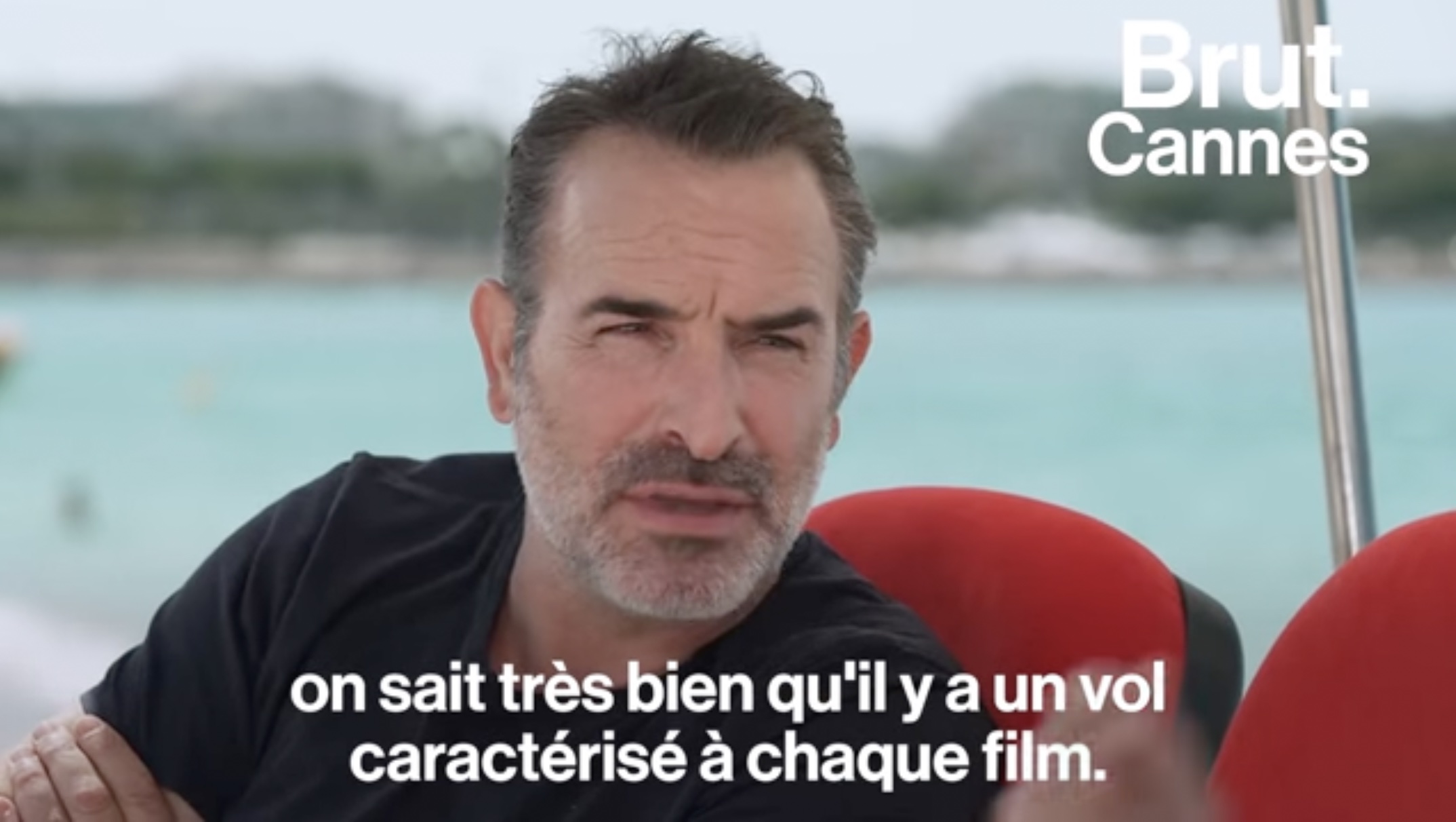
But also the majority of important web influencers like Gary Vaynerchuk:
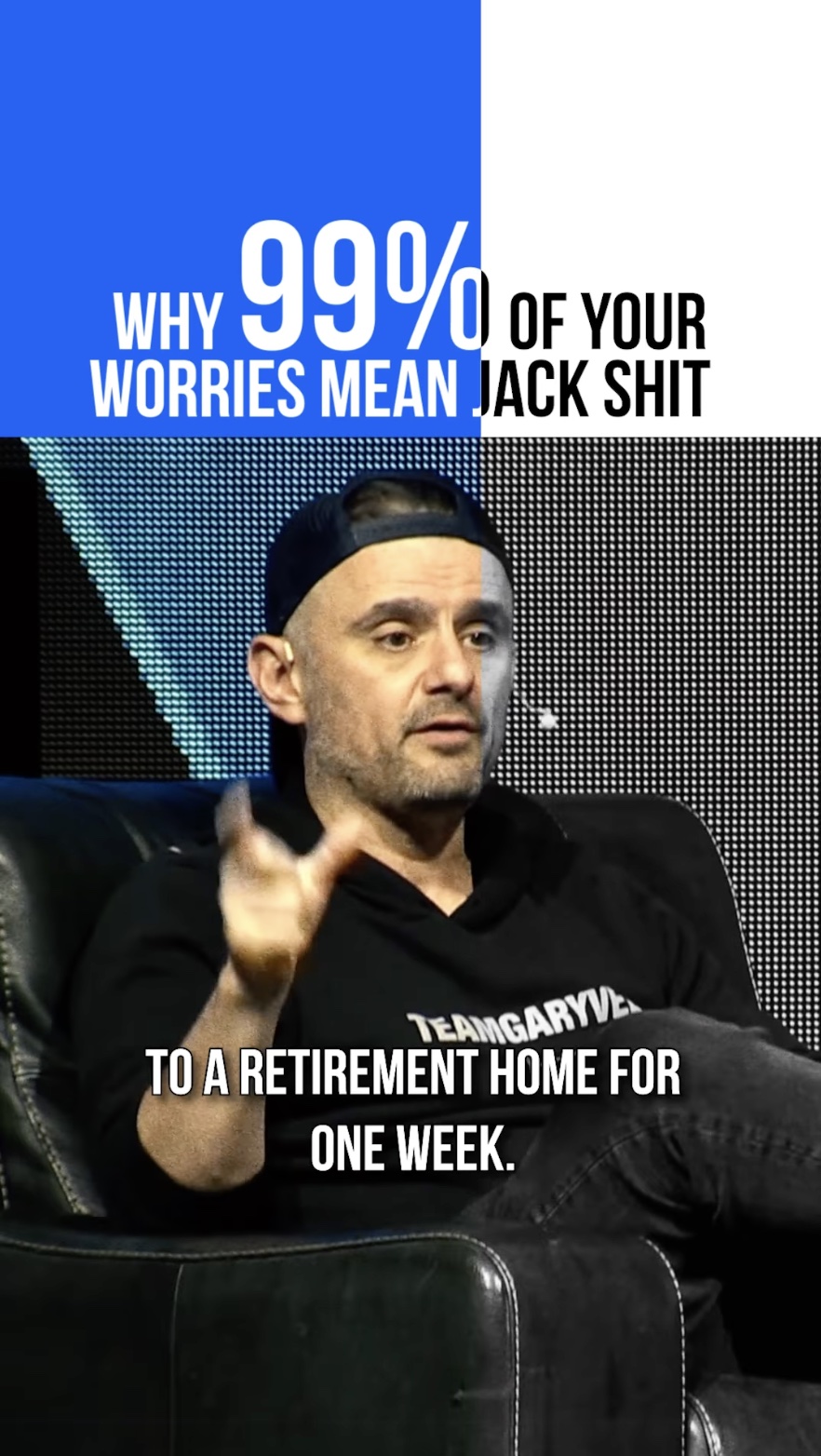
If you want to show a video at a large event in a conference room, it is also better to burn the subtitles.
If you ask ClosedCaptioner to burn your subtitles, the subtitles’ style will (by default) look like this:
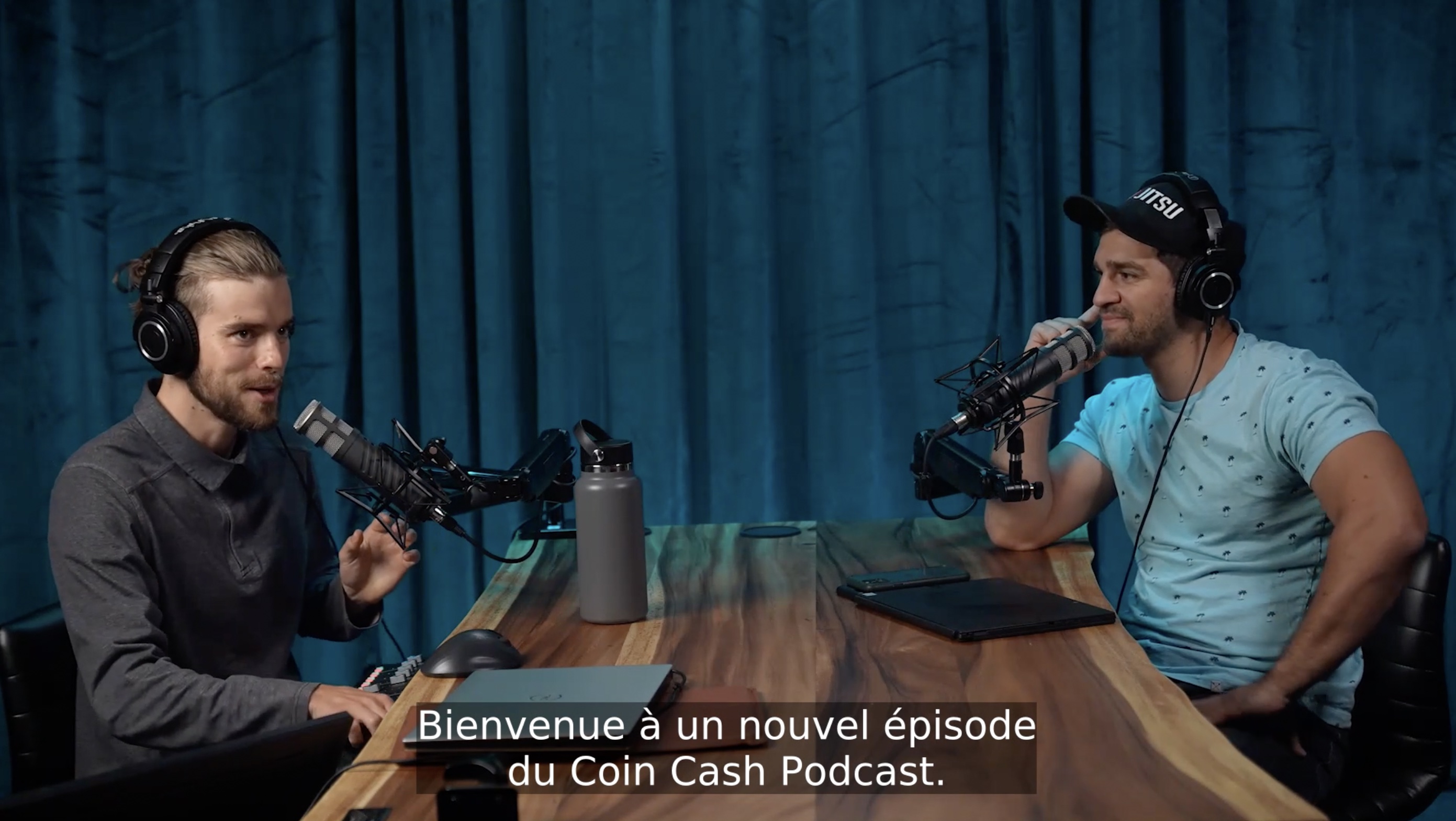
We also offer a personalized subtitle styling service. Just ask us by email at samueline@closedcaptioner.com or write what you want in the “Notes for this order” section of the order page:

As we say: “the sky is the limit”.
What if there happens to be an error? No problem, we can burn a new version of the video with the adjustments. However, you should report any mistake before the official video is published, otherwise it will be too late to do so.
Can I burn my subtitles myself?
If you’re using Adobe Premiere, then yes. Here’s how to burn subtitles in Adobe Premiere.
Otherwise, there are not too expensive software programs on the web designed to embed subtitles.
And if you’re a Final Cut Pro user like me, the only way to do it is to buy an extension called Caption Burner. It costs around 130 USD$.
In conclusion: SRT or burned subtitles?
You want to know what I choose for my videos? If it’s for YouTube, I opt for SRT subtitles, while for Facebook or others, I burn them.
If you order subtitles from ClosedCaptioner, an SRT version will always be given to you, even if you selected an package which includes the burned subtitles option. That gives you the possibility to choose! It’s always better to have the two, in fact.
